You may not be able to recreate the Garden of Eden, but you can design a sort of paradise in your own backyard with a beautiful display of foliage and flowers. Plant a few of these heavenly flowers that start with H in your garden and take some time to relax in that peaceful place.
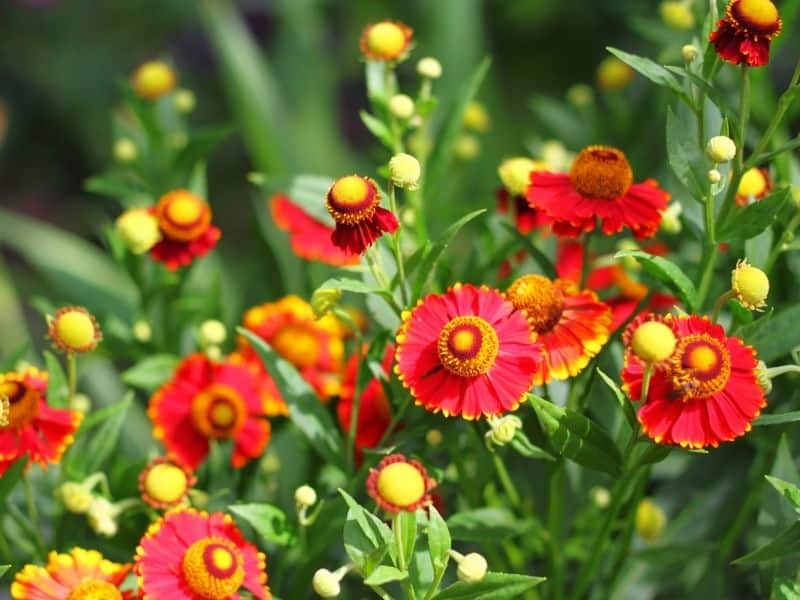
Annual and Biennial Flowers that Start with H
1. Hollyhock (Alcea rosea)
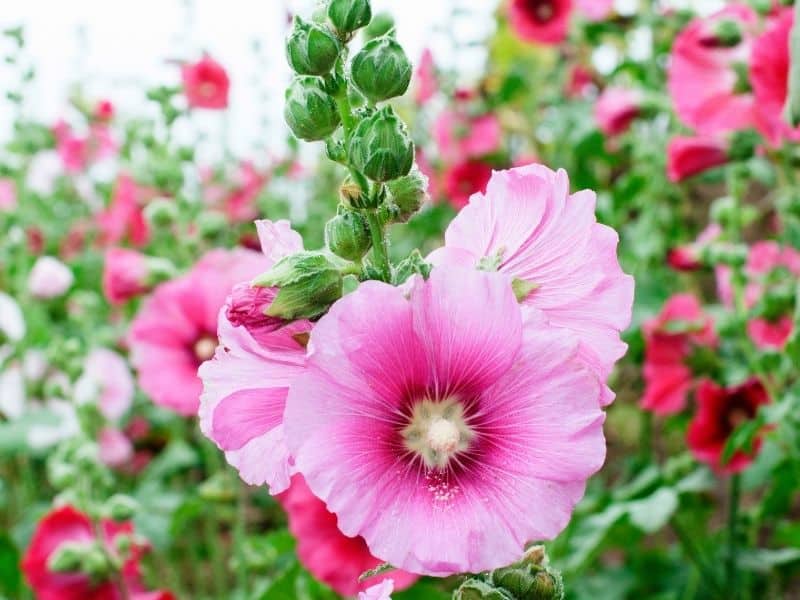
The towers of hollyhock blooms reach three to eight feet high, making them perfect for planting beside a barn, along a fence, or in a cottage garden. Available in a wide range of colors, the flowers bloom from the base of the stalk to the top all through summer. The most common varieties of hollyhock are biennials, though they readily self-seed.
Hollyhocks thrive in full sun and typically need some kind of support, such as a wall or fence.
2. Honesty (Lunaria annua)
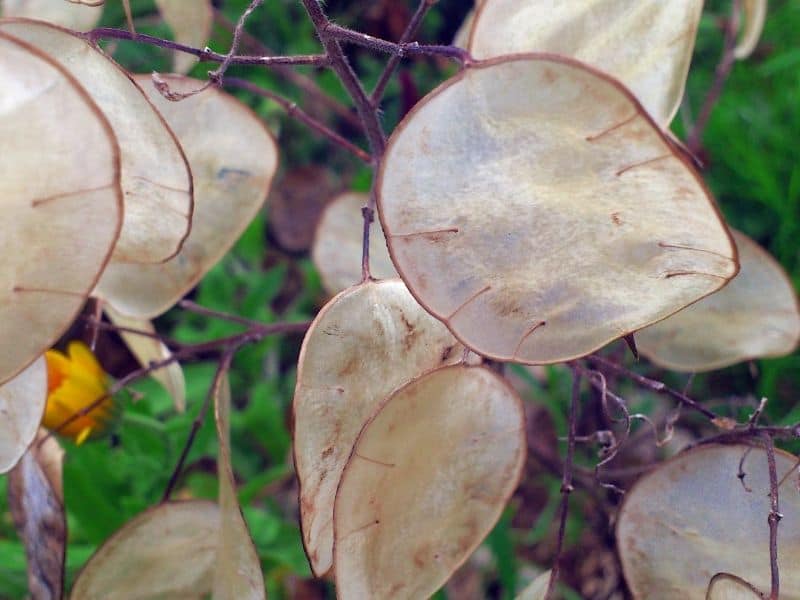
Also called money plant, silver dollar, or dollar plant, honesty produces attractive seedpods in addition to clusters of pinkish-purple flowers. Both the blossoms and shimmery seedpods make wonderful additions to dried bouquets, though it takes a bit of patience to wait for them, as honesty is a biennial.
For the happiest plants, sow honesty seeds in moist, rich soil in full to part sun.
Perennial Flowers that Start with H
3. Heath (Erica sp.)
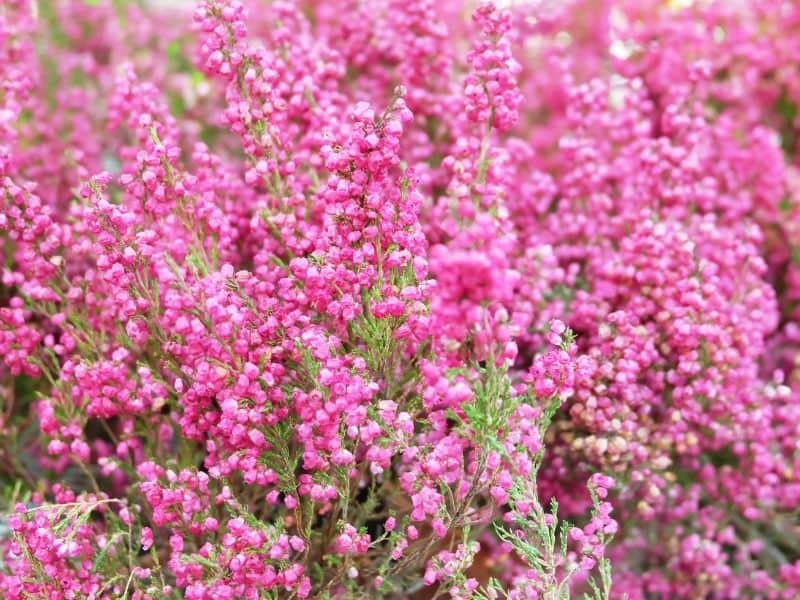
Not to be confused with its nearly identical cousin, heather, heath has needlelike leaves, comes in a wider variety of sizes and colors, and is typically winter hardy only down to zone 7. Heath also tends to be shorter at around a foot high, though a few become shrubs or even small trees.
Plant heath in slightly acidic soil with good drainage and a minimum of six hours of sunlight per day. Heath actually prefers poor soil and will become drought tolerant once established.
4. Heather (Calluna vulgaris)

True heather blooms in shades of purple, pink, and white and has small, scale-like leaves. More popular in northern regions than heath, heather is hardy in zones 5-7 and sometimes even zones 3 and 4. Tiny hairs on the leaves give them a grayish hue, and the color of the foliage changes and intensifies during the winter. Most cultivars grow to about two feet tall.
As with heath, pant heather in poor, acidic soil with good drainage and at least six hours of sunlight each day. After the first two years or so, heather becomes drought tolerant and requires almost no care.
5. Hebe (Hebe sp.)
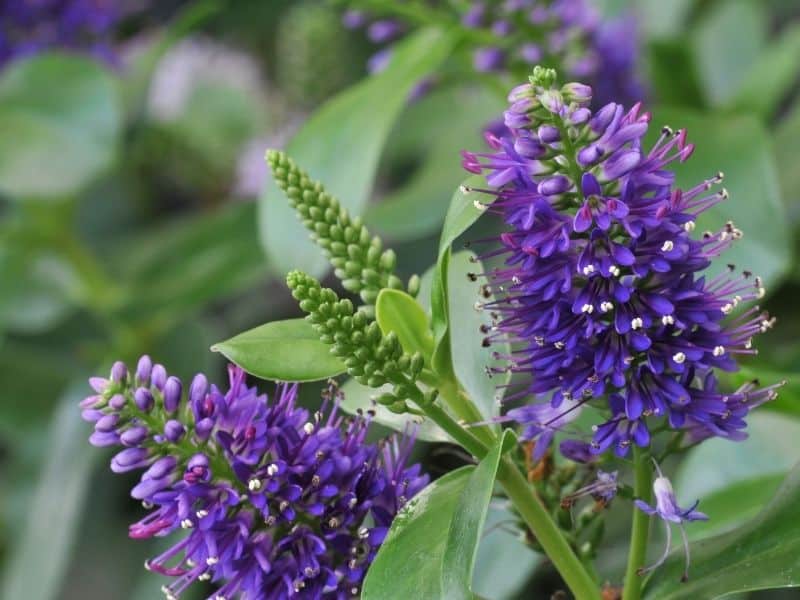
This small, dome-shaped shrub produces spikes of white, pink, or purple flowers from summer into fall and displays its beautiful foliage all year. With most species native to New Zealand, hebe is hardy in USDA zones 7-11. If winter survival is a concern, choose varieties with smaller leaves and provide wind protection.
Plant in full to part sun and sandy, well-draining soil.
6. Helenium (Helenium autumnale)
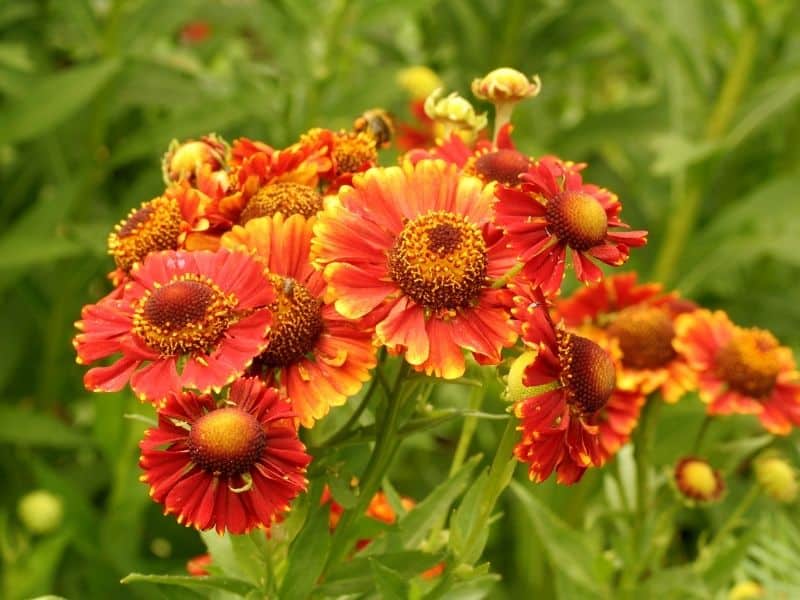
With species native to both North America and Europe, helenium thrives in zones 3-10, providing sunny, yellow to red blooms from midsummer through fall. It attracts butterflies, bees, and other pollinators and makes an excellent cut flower.
Plant these daisy-like flowers in full sun for long-lasting color. Helenium prefers slightly acidic, well-draining soil with moderate moisture, and it does not tolerate drought.
7. Hellebore (Helleborus sp.)
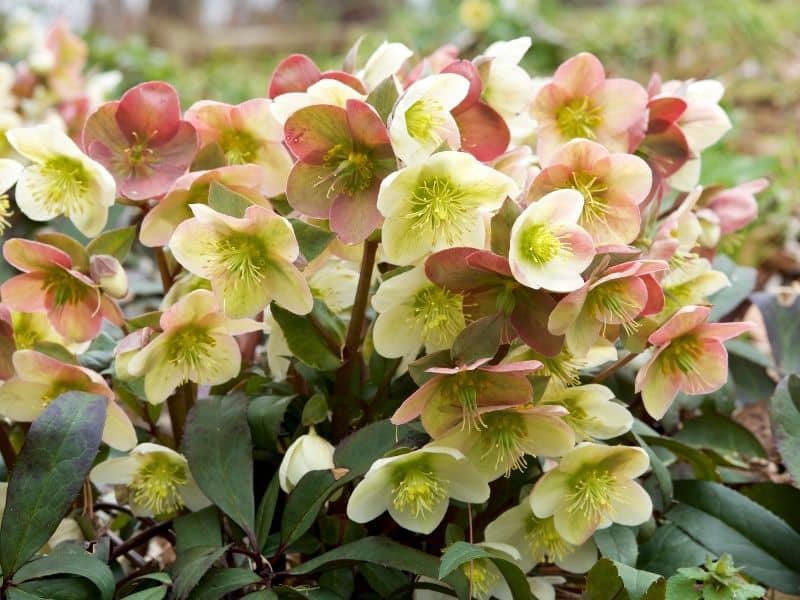
This lovely, low-maintenance plant features delicate blossoms in white, yellow, pink, or maroon. Hardy in zones 4-9, hellebore is mostly evergreen. And as attractive as hellebore appears to humans, deer don’t particularly like it.
Plant in moist soil in a shady location for best results; a woodland garden would be perfect!
8. Hibiscus (Hibiscus sp.)
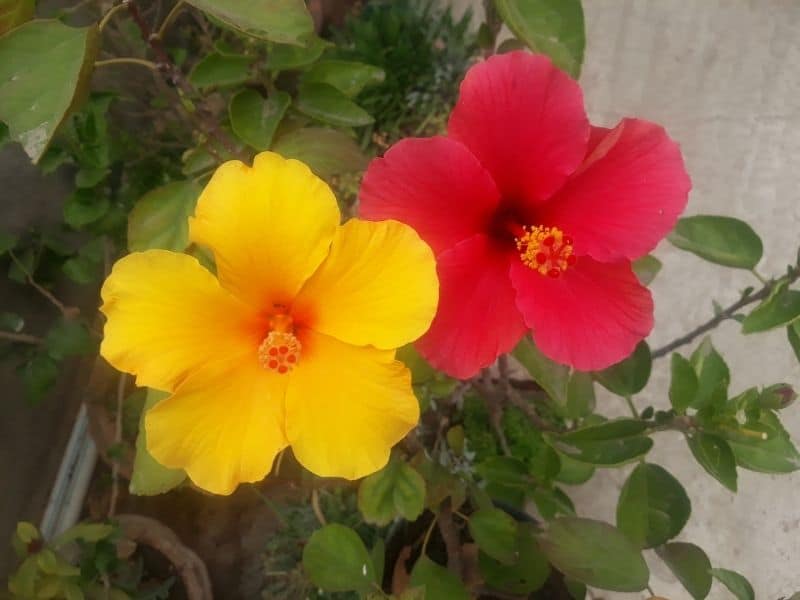
The large, showy blooms of hibiscus add a bit of tropical flair to any garden. While most often seen in bright pink hues, the papery blooms also come in white, yellow, orange, red, and purple.
Plant hibiscus in full sun and moist to wet soil. More delicate tropical varieties make good container plants and need to be overwintered indoors in most regions, but hardy hibiscus plants can be left in the ground, though they may take their time coming up in the spring.
9. Hollow root (Corydalis cava)
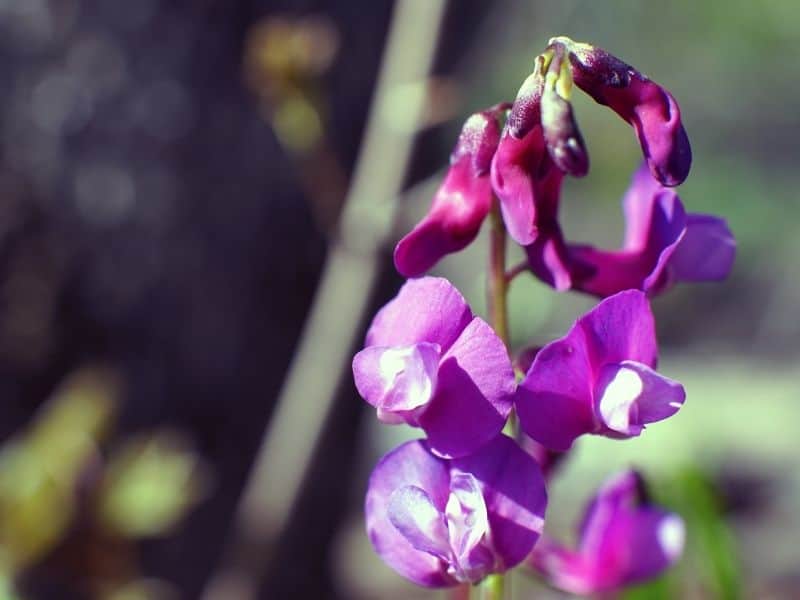
Native to woodlands of Europe and western Asia, hollow root puts up stems of pink, purple, or white tubular flowers above small mounds of attractive lobed leaves each spring. It may, however, continue blooming into summer in cooler areas, such as the Pacific Northwest.
Given its natural forest habitat, this perennial tuber prefers full to part shade and rich, moist, well-draining soil.
Hollow root readily self-seeds, so take care to deadhead to prevent unwanted spreading.
10. Hosta (Hosta sp.)
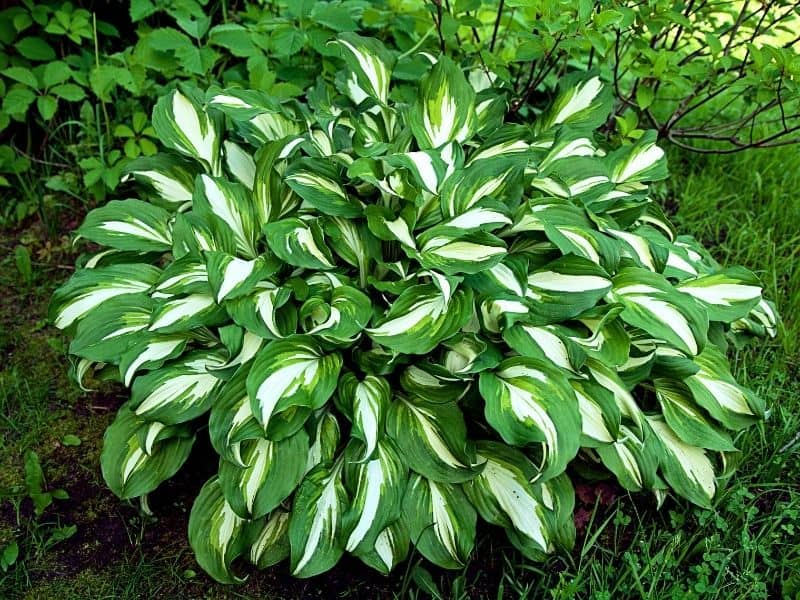
Perhaps the most popular shade-loving plant, hostas are loved for their attractive foliage almost more than for their tall stalks of delicate purple or white flowers. Plant them around the base of a tree, along a shady border, or scattered tastefully throughout a woodland garden.
In addition to dappled to full shade, hostas thrive in rich, well-draining soil with constant moisture.
Note that among the myriad varieties, some prefer more or less shade than others. Those with variegated leaves, for instance, will keep the best color with a bit of sun.
11. Hyacinth (Hyacinthus sp.)
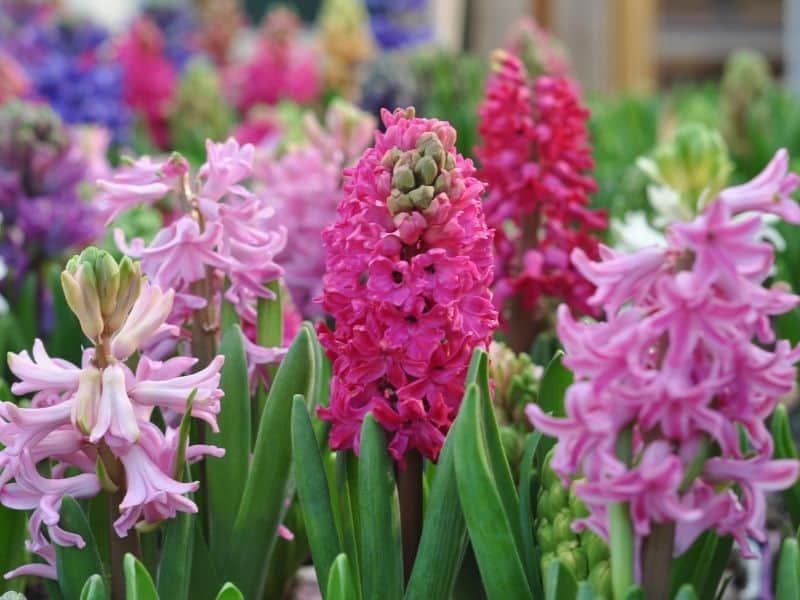
Tight clusters of tiny blossoms in springtime colors top the succulent leaf blades of hyacinth in early spring to perfume the garden, pleasing human passersby while repelling deer.
A short-lived perennial, hyacinth may not live quite as long as other bulbs, though they will multiply and can be divided every three to five years. Plant in the fall in full to part sun and well-draining soil.
12. Hydrangea (Hydrangea sp.)
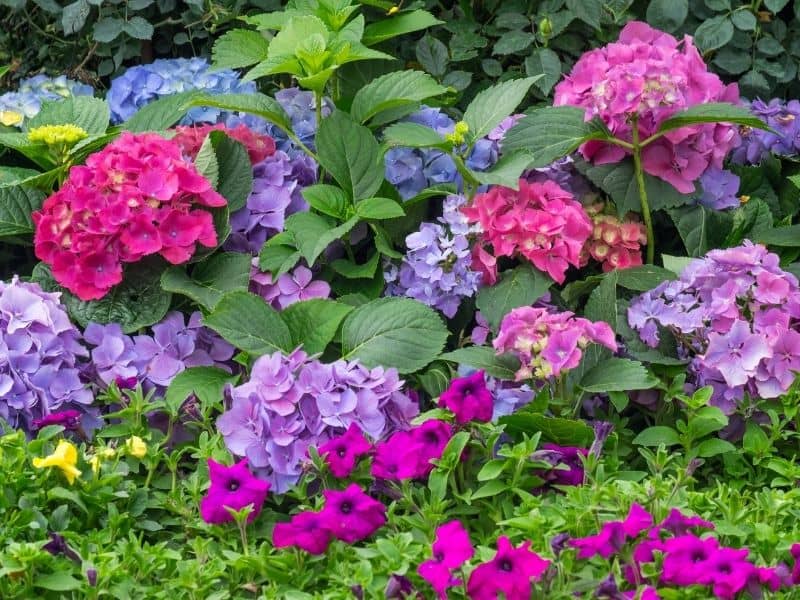
These classic garden shrubs are known for their large globes of white, pink, or blue flowers. With a range of varieties available, hydrangeas vary in size, flower and leaf shape, and bloom time as well as color.
Although they will tolerate full sun, hydrangeas appreciate afternoon shade to protect them from extreme heat. Keep the soil moist but not wet, especially during dry weather. Learn more about caring for hydrangeas.
Whether your garden is already a place of tranquility or still a far cry from paradise, I hope you’ve found a few flowers in this list to add a calming beauty to your landscape.
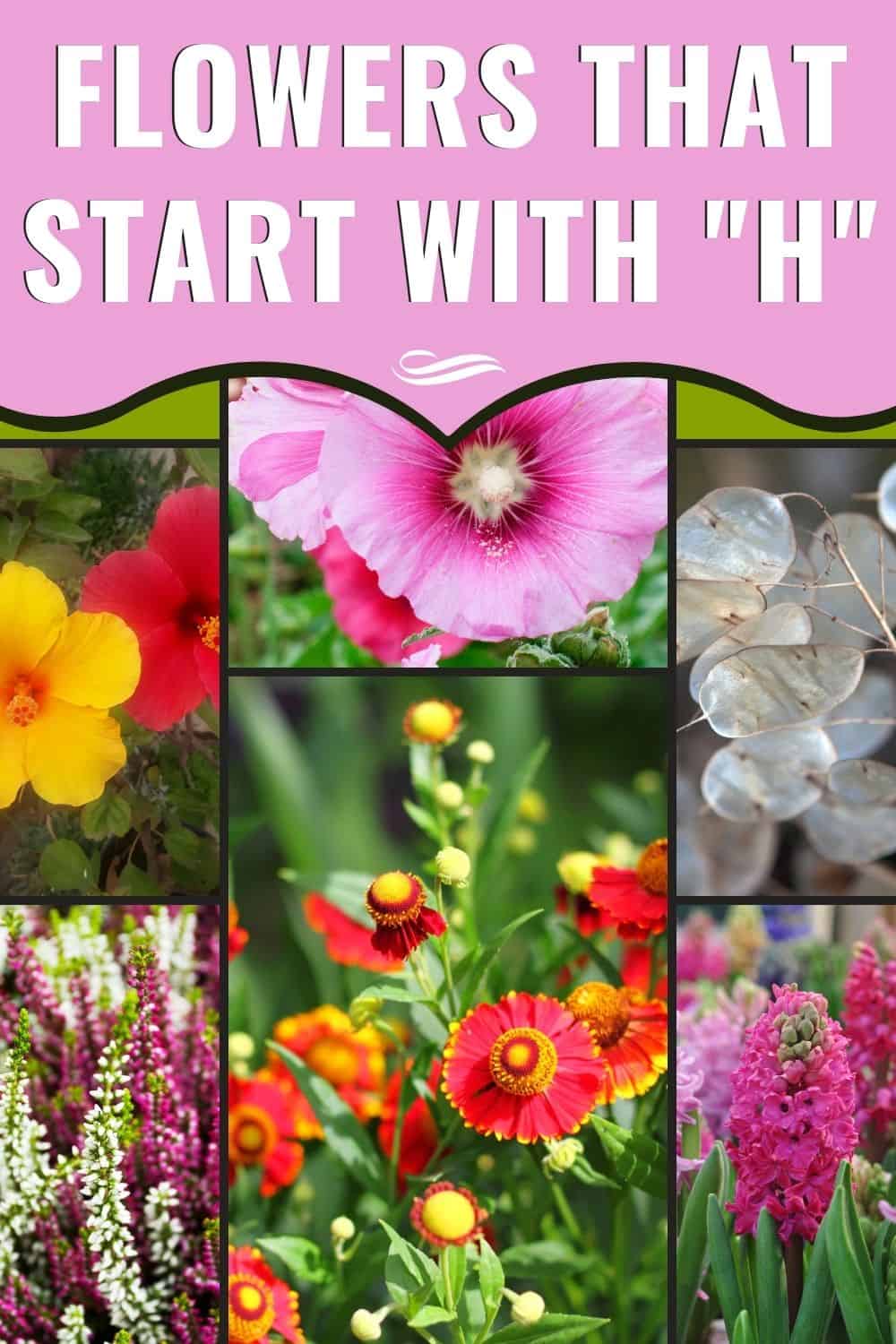

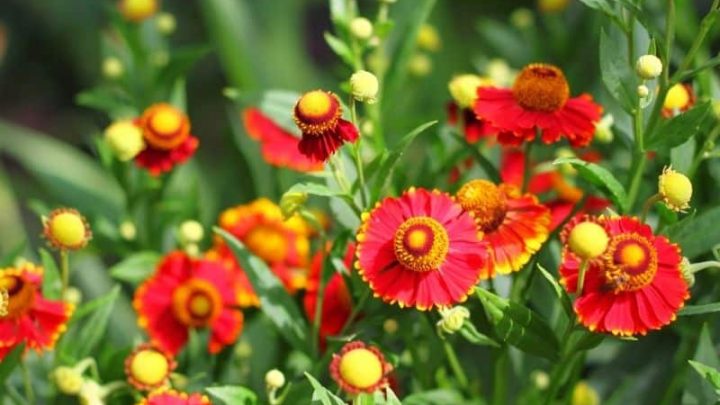

Beautiful Flower Garden Ideas
Thursday 25th of February 2021
[…] 12 Heavenly Flowers That Start With H […]